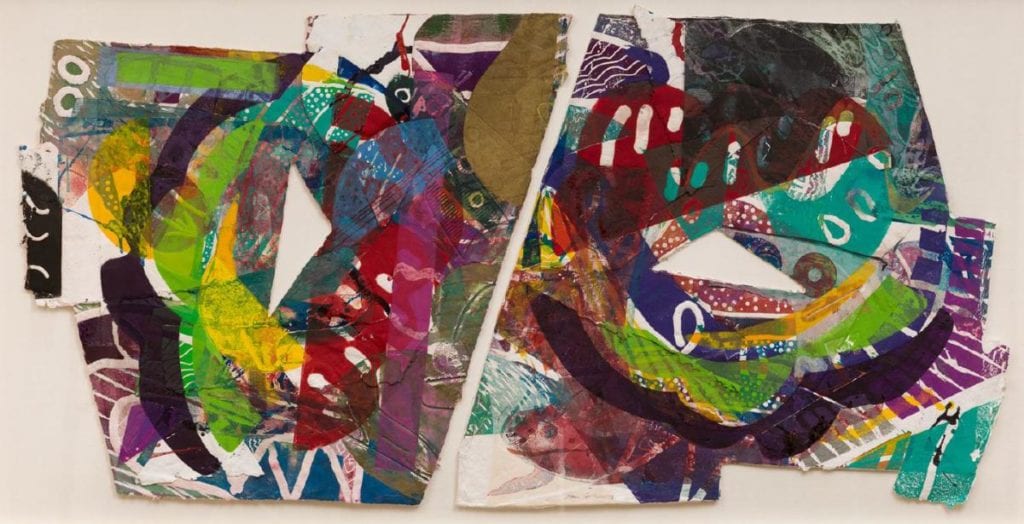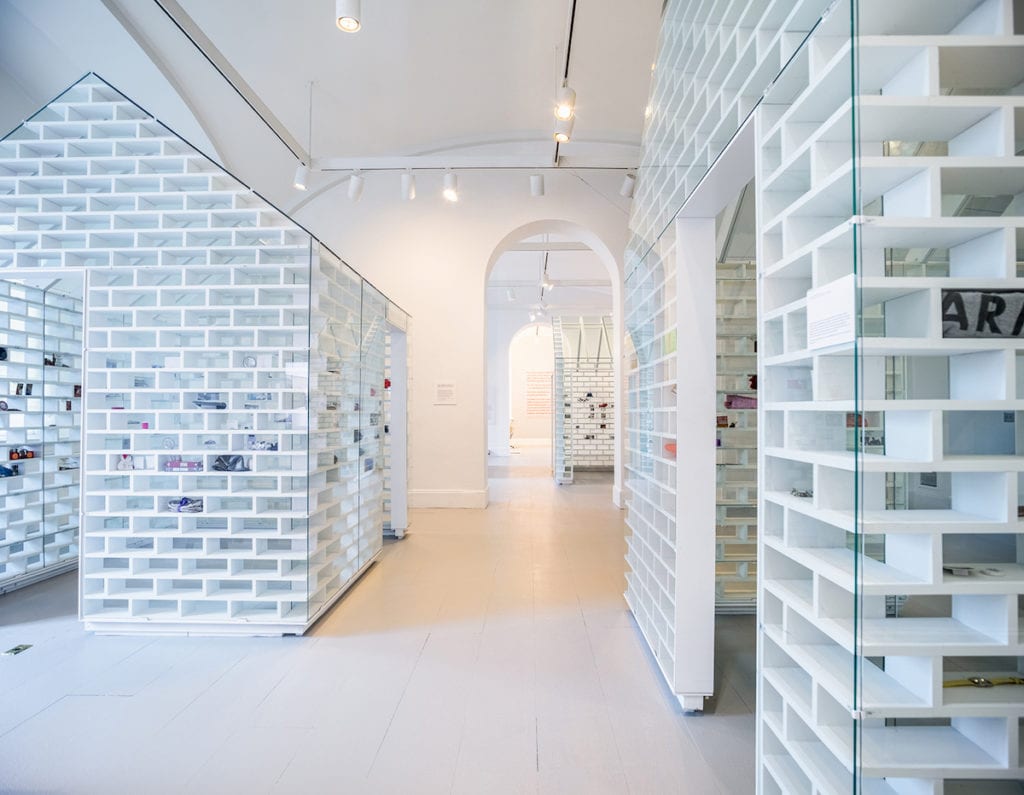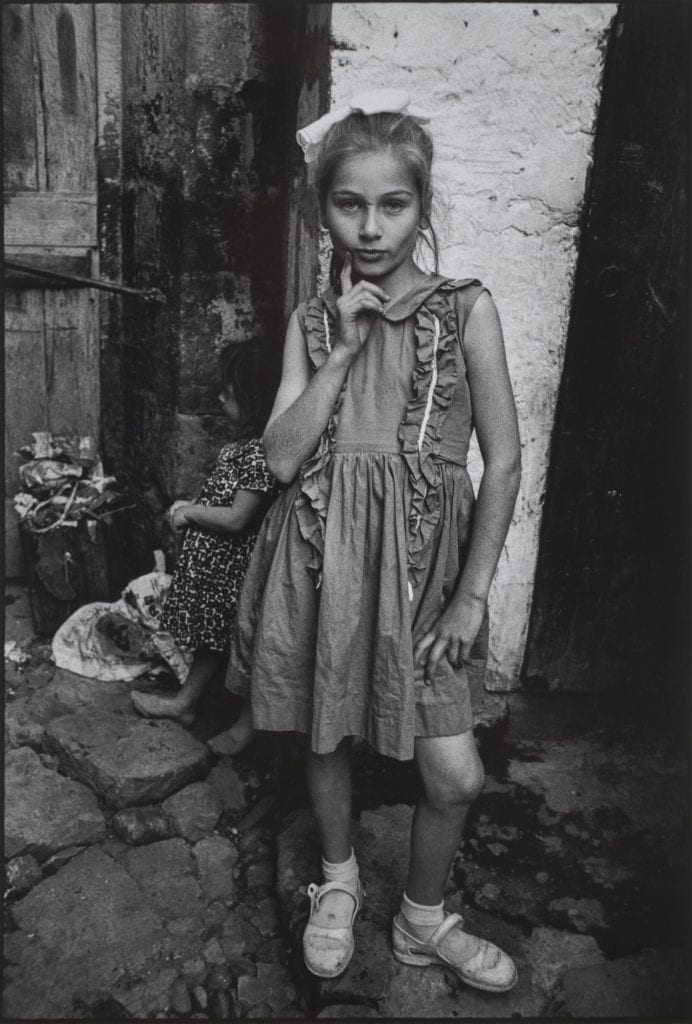VISUAL ARTS
By • May 17, 2021 One Comment 912

THE PHILLIPS COLLECTION
‘SEEING DIFFERENTLY: THE PHILLIPS COLLECTS FOR A NEW CENTURY’
The Phillips Collection, America’s first museum of modern art, opened its doors 100 years ago this year. Its founder and namesake, Duncan Phillips, sought to share his “living” collection in a welcoming space and to inspire others to find beauty through the eyes of artists. Building on this founding principle, “Seeing Differently: The Phillips Collects for a New Century” both commemorates the museum’s centennial and launches its next chapter. Spread throughout the entire museum, the installation explores the complexities of our ever-changing world through themes of identity, history, place and the senses — with special focus on recent acquisitions that showcase how the museum’s dynamic collection continues to evolve.
NATIONAL GALLERY OF ART
THE REOPENED WEST BUILDING
After briefly opening its doors last summer, then reclosing in November, the National Gallery of Art’s West Building is finally reopening again on May 14. Unlike the previous COVID-era reopening, which restricted museum access to a limited cluster of galleries on the ground floor, most galleries on both floors of the museum will be open. The East Building will reopen in June. The welcome kiosk’s new interactive screen features gesture-based technology to offer guests a safe, touchless option for exploring the collections. Visitors can customize their experience by browsing thematic tours that feature popular topics and artists.
New on view is an installation by photographer Carrie Mae Weems that engages with the plaster version from 1900 of one of Augustus Saint-Gaudens’s masterpieces, the “Shaw 54th Regiment Memorial,” a frieze on the Boston Common honoring an African American Civil War regiment formed in the North. Together with the memorial, Weems’s seven-part series of inkjet prints explores our nation’s struggle to achieve racial equity, as well as the strength and sacrifice of those who have continued to wage this battle.
THE KREEGER MUSEUM
‘OBJECTS FROM THE STUDIO: THE SCULPTOR’S PROCESS’
JUNE 1 TO AUG. 31
Models and maquettes emerge from the most personal moment of a sculptor’s process. They are the first attempts of an artist exploring an idea and experimenting with form and materials. “Objects from the Studio” brings together maquettes, sketches and other objects from sculptors’ studios to explore how outdoor sculptures are made. The show offers insight into the creative process of such artists as Kendall Buster, Richard Deutsch, John L. Dreyfuss, Carol Brown Goldberg, Dalya Luttwak and Foon Sham. Displaying works in a wide range of materials — bronze, wood, wax and acrylic — which have not previously been shared with the public, the exhibition offers insight into how outdoor artworks are made, while highlighting the Kreeger’s expansive sculpture garden.
NATIONAL MUSEUM OF WOMEN IN THE ARTS
“SONYA CLARK: TATTLE, BRISTLE, AND MEND” THROUGH JUNE 27
‘MARY ELLEN MARK: GIRLHOOD” THROUGH AUG. 8
Two exhibitions at the National Museum of Women in the Arts survey artists of extraordinary vision and beauty. “Sonya Clark: Tatter, Bristle, and Mend” explores the mixed-media works through which Clark addresses race and visibility and seeks to redress history. This exhibition — the first survey of Clark’s 25-year career — includes the artist’s well-known sculptures made from pocket combs, human hair and thread, as well as works created from flags, money, beads, cotton plants, pencils, books and even a typewriter and a hair salon chair. Clark transmutes each of these everyday objects through her application of a range of fiber-art techniques: weaves, stitches, folds, braids, dyes, pulls, twists, presses, snips and ties.
“Mary Ellen Mark: Girlhood” examines Mark’s depictions of girls and young women living in a variety of circumstances around the globe. An icon of modern photography, Mark created compassionate and candid portraits of subjects living outside of mainstream society. From street children in Seattle to circus performers in India, she captured the lives and stories of individuals with empathy, humor and candor. While Mark photographed people from all walks of life, she was particularly interested in children. “I don’t like to photograph children as children,” she said. “I like to see them as adults, as who they really are. I’m always looking for the side of who they might become.”

The Gun Violence Project. Courtesy NBM.
NATIONAL BUILDING MUSEUM
GUN VIOLENCE MEMORIAL PROJECT, “JUSTICE IS BEAUTY”
The Gun Violence Memorial Project is a tribute to the thousands of lives lost to gun violence in America. The installation, on view through Sept. 25, 2022, comprises four houses, each built of 700 glass bricks, a reference to the number of people in the U.S. killed by guns every week. Over time, the bricks will continue to be filled with remembrance objects donated by immediate family members of loved ones taken by gun violence. The houses currently hold hundreds of objects — including photographs, baby shoes, graduation tassels, jewelry, a jump rope and a prayer book — that reveal the personal narratives of each victim.
The installation is presented in conjunction with “Justice Is Beauty: The Work of MASS Design Group.” MASS Design Group made headlines in 2018 for its first major domestic project: the National Memorial for Peace and Justice in Montgomery, Alabama, which commemorates more than 4,000 victims of racially motivated lynching. Its other projects include schools and hospitals in Rwanda, a cholera treatment center in Haiti, and a health care center for homeless people in Boston. The exhibition uses photographs, videos, renderings and models to examine how the firm’s nonprofit status enables it to take on ambitious projects that traditional design firms might not, and how its collective organizational structure supports its mission to address society’s most challenging problems through socially conscious design strategies.
ARTECHOUSE
Artechouse’s fourth annual cherry blossom-inspired installation, “Renewal 2121,” on view through Sept. 6, seeks to inspire hope amid a global pandemic and concerns of climate change. The installation transports us into the future, to an industrial city where nature fights to survive amid an overdeveloped metropolis. However, there is a hopeful message to be discovered as blossoms are seen peeking through the plastic, concrete and neon lights.
NATIONAL MUSEUM OF THE AMERICAN INDIAN
As part of the Smithsonian’s phased reopening, the National Museum of the American Indian will reopen on May 21. Returning to view: “The Great Inka Road: Engineering an Empire” (through June 27) and “Nation to Nation: Treaties Between the United States and American Indian Nations.”
HILLWOOD ESTATE, MUSEUM AND GARDENS
For those longing to escape the present and bask in quirky old-world elegance, a visit to Hillwood, the estate of Marjorie Merriweather Post (1887-1973), is always a treat. The opulent French drawing room, the “high-tech” (by midcentury standards) kitchen and the endless stylistic flourishes crossing 18th-century French décor with the American Gilded Age make Hillwood one of Washington’s most legendary homes.
TUDOR PLACE
Georgetown’s Tudor Place is another oldworld escapist delight. From 1805 to 1983, Tudor Place, a model of Federal-period architecture, was home to six generations of Martha Washington’s descendants. The collection includes over 18,000 decorative objects and the largest Washington Collection outside of Mount Vernon.
GLENSTONE
If, somehow, you have not yet heard of Glenstone, the Willy Wonka museum of postwar art in Potomac, Maryland, created by Mitch and Emily Rales … just Google it. Get tickets if you can and, for goodness’ sake, go.

“Emine Dressed Up for Republic Day, Trabzon, Turkey,” 1965 (printed later). Mary Ellen Mark.
Courtesy NMWA.


This post is very informative. Thanks for sharing such an great article.